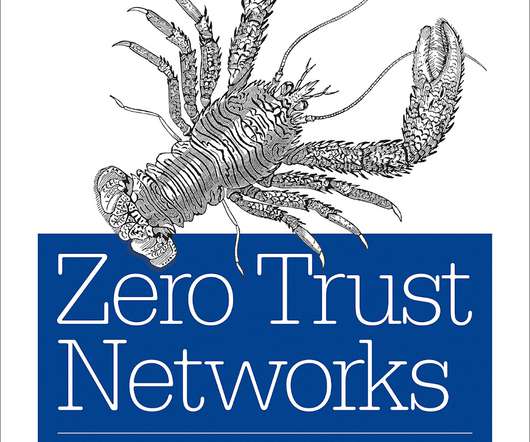Current status, needs, and challenges in Heterogeneous and Composable Memory from the HCM workshop (HPCA’23)
ACM Sigarch
MAY 31, 2023
Introduction Memory systems are evolving into heterogeneous and composable architectures. Heterogeneous and Composable Memory (HCM) offers a feasible solution for terabyte- or petabyte-scale systems, addressing the performance and efficiency demands of emerging big-data applications. The recently announced CXL3.0






















Let's personalize your content